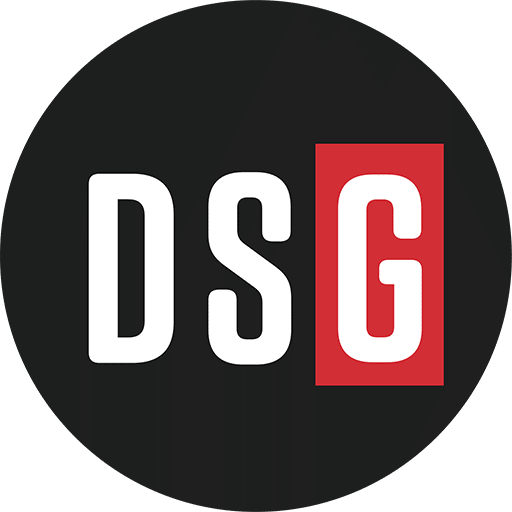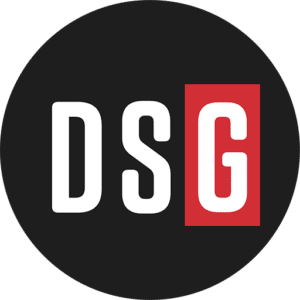Renata Morgan is the president of Rheem Northeast Distribution, a combination of four previously independent distributors: United Supply Company, P&N Distribution, Mechanical Supply and MCN Distributors.
An HVAC industry veteran with experience driving organizational change and leading diverse cross-functional teams, Renata’s leadership has been recognized with accolades such as Top 20 Woman in HVAC in 2021 and a HARDI 40 Under 40 honor in 2016. Renata was also president of her Master’s in Distribution (MID) program at Texas A&M.
Ian Heller and Jonathan Bein, Ph.D., talked with Renata about transforming previously independent distributors into a unified force.
Jonathan Bein: You’ve operated independent distributorships and are now running a distribution business within a manufacturer. Can you discuss the differences and similarities?
Renata Morgan: There are a lot of similarities in that we’re of the same industry with the same products, but there are very distinct differences between manufacturing and distribution. I have to applaud Rheem for their approach; they realize that there is listening and learning that must occur. It’s a good position to be in right now because of the leadership and messaging at Rheem and their approach. They give us the flexibility we need while also providing guidance along the way.
Being a distribution arm of a manufacturing company is a positive. When I think about the succession planning of many distributors, this unification was one of the best options, not just for the company, but for the employees themselves. I’m a very people-first person, and taking care of the employees and doing what’s right by them is going to be good for the company in the long run. The fact that we have flexibility on what has to occur is beneficial for everybody, not just manufacturing but distribution as well.
As far as some of the growing pains; these are formerly independent distributors. Most of them had single owners. So, we are shifting from that structure. Even though Rheem is privately held, which is hugely advantageous for us, it is still a very well-structured public company. Introducing some of the processes, deadlines and efficiencies is a bit of a change from the way some of these companies have done things in the past. But we’re going through it together. We know that in the end, we all align around the same goals and the same outcomes. It’s just a matter of how we are going to get there. So that’s the journey we’re on right now.
Bein: Are you selling only Rheem and Ruud, or are you selling other OEM products as well?
Morgan: In this group, we are selling only Rheem and Ruud in terms of unitary. There are some ductless products out there, some variable refrigerant flow (VRF) that is not from Rheem, but once again, that was all due to their approach. They wanted to come in and understand the business and not dictate that they had to get rid of any of these product lines. It’s a balance and an ongoing conversation, but it is exclusively Rheem and Ruud. And it’s interesting, too, because when they did the acquisition at Century, there was a division of Century that sold a different line. I was involved in spinning that entire company off. So, I’ve done the spinoff and now I’m doing the bring-together, and that’s all happened in the last three to four years. It’s certainly been exciting times in HVAC distribution.
Bein: What are the challenges in bringing these groups together?
Morgan: There are some significant challenges in that when you’ve been successful, in some cases for over 100 years, the mindsets and the thought processes can be somewhat rigid. One of these companies was started in 1912. They’ve always done it this way. They’ve been successful. Why do I need to consider a different way? I would say that is the biggest challenge.
Aligning the cultures is going to be one of the best first steps that we can take. Culture sets the tone for so many other areas of the business. Getting those cultures aligned, communicating that to the employees and setting standards are going to be paramount to making it work.
Having the right culture is so important, but respecting the history and the legacy that allowed these companies to be successful is equally important. That’s why it’s such a challenging position to be in right now. Having leadership from all of the different companies sitting in a room, talking about this strategically and setting the vision for the company in 10 years is going to help with that synergy and momentum. Our goal is to get everyone on the same page, pulling in the same direction and understanding that this is how we are going to operate going forward.
That change management piece can be very difficult, especially when you’ve just gone through an acquisition. It’s not going to be an overnight switch. This is going to be a slow evolution, and there’s going to be some hard work and hard conversations along the way. At the end of the day, once the employees understand that I truly do have their best interests at heart and I really do care about the individual, we will be able to overcome these challenges together.
Bein: Blending the cultures, will it be one brand going forward, or are the four brands going to retain their identities?
Morgan: That’s part of the ongoing conversation. Many of these brands have been in the market for over a hundred years, and there is brand recognition and affinity there. The current strategy is not to change any of that; it’s to continue going to market as these different companies, but we’ll be having some discussions about the value. Do we need to consolidate on the back end and have one legal operating entity? There’s some value there, but there’s also some downsides. These are all the conversations I will have with the leadership team so that we can decide what will be the best approach.
Ian Heller: What about the systems and the IT challenges. In my experience, the culture’s the hardest, but after that is the technology integration. Is that how you see it?
Morgan: That’s accurate, especially as so many more things are technology-driven today. Before I came aboard, they had made the decision to get everyone onto a single ERP. That’s been the biggest change and shift and there is lot of work to be done there. Anything computer-related, you can continue to optimize and improve. The tech stack is an area where we have a lot of opportunity.
Heller: What about employee training? In my experience with this kind of distributor, being able to answer questions, knowing the products and the HVAC technology is really important. How are you accomplishing that?
Morgan: Distribution has its own language. Knowing the item nomenclature and descriptions and finding the exact item the person in front of you needs when they don’t even know what they need and you’ve got 15,000 SKUs to choose from, that is a talent. Being able to get people up to speed faster has always been a challenge. In 2024, we will focus on the employee life cycle, not just the candidate experience but the onboarding experience, the training experience, and what tools and resources we give them in the first 90 days. It has to be a combination of self-guided learning, and through HARDI and Blue Hawk, we have some phenomenal resources that we can refer people to. There’s also other training on culture and how they understand their role in the company. These are all challenges I’ve tackled in previous roles, and I’m excited to tackle it with this company and attract talent, retain talent and allow these people to live up to their full potential. If we can do that well, a lot of the other problems just disappear. When you take care of people, when you empower people, when you give them the tools they need to be successful, they will take care of your company.
Heller: You want a leadership team that shares your leadership values, even if they don’t have the same styles or strengths. What do you look for when building a leadership team?
Morgan: We have to understand the needs of the business, where they are, what structure they need to support them and also what structure do we need to support us into the future? Looking at that from a 10-year-out goal, where do we want to be? How are we going to get there? My approach is to work backward from there. Fortunately, there are some very seasoned leaders on the leadership team. They’re mentors to me just as much as I am to them due to their experience in the industry. Will they all be here in 10 years? Probably not. That’s a conversation we’re having.
In terms of leadership abilities, what do I look for in somebody to step into one of these roles? Somebody that can simplify complex topics, break it down into actionable steps for their team, who can communicate well, create clarity, be able to systemize things so that there are consistent processes where it makes sense. Somebody who has an innovative outside-of-the-box mindset.
To be a true leader, you have to have that ability, independent thought and new ideas and not just continue the way it’s always been done. There’s value in that. I’m not discounting the way we’ve always done things. In some cases, it’s very tried and true. In other cases, it might be time to shake it up a bit. I look for people that are open-minded enough to consider alternate approaches and diversity of thought. Those are key attributes I look for.


